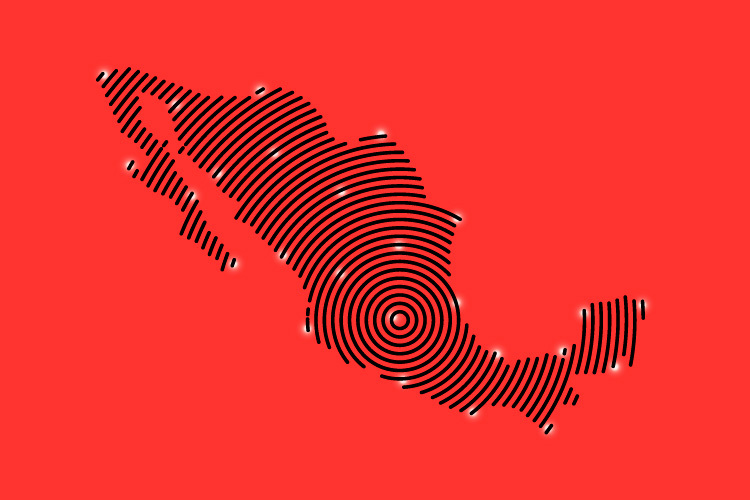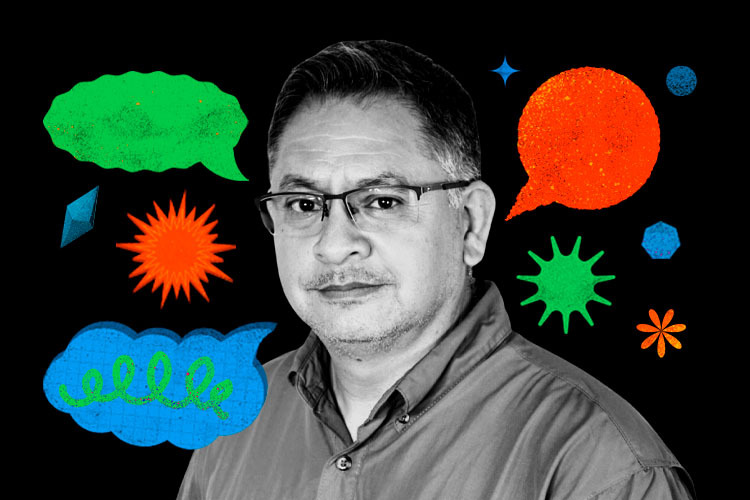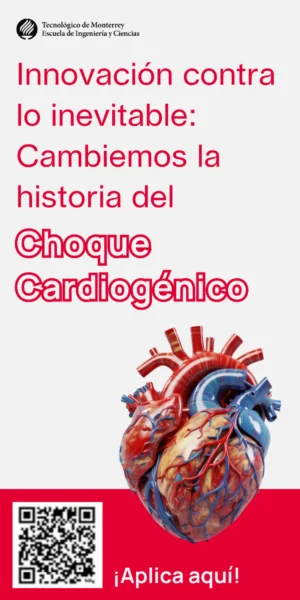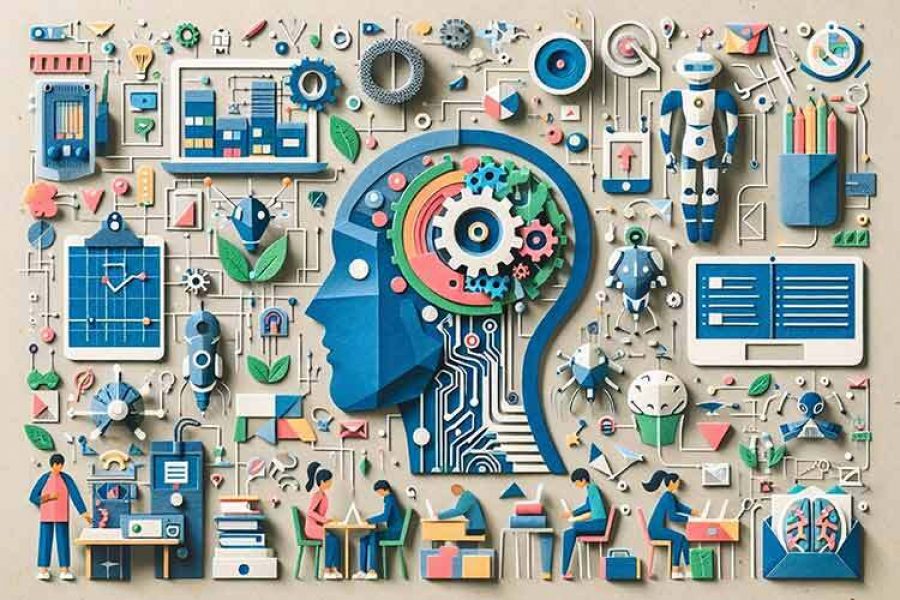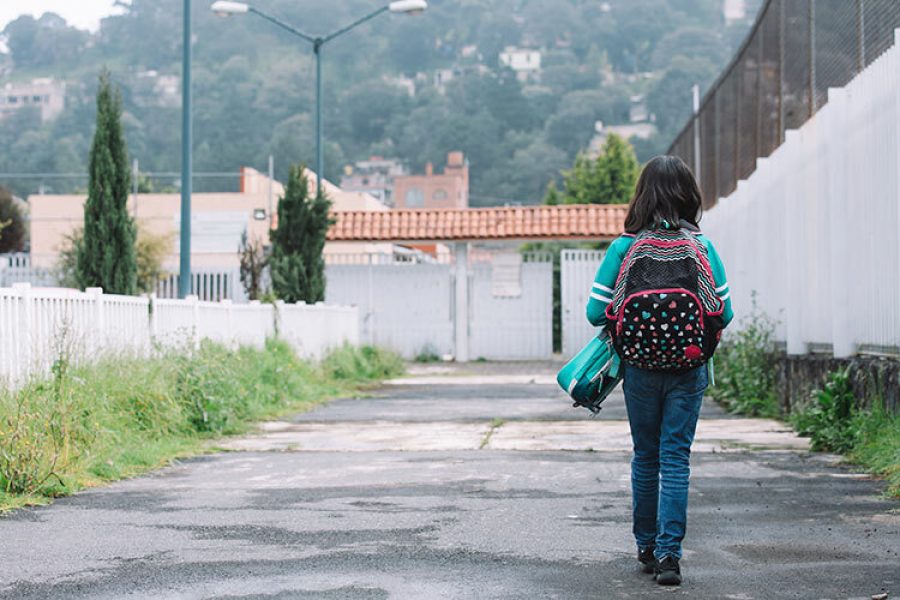One of the purest forms of altruism is donating organs, cells, or tissues to those who need them to survive. Mexico is one of the countries with the most cases of acute infant leukemia, and although its treatment varies, in many cases, it will require a stem cell transplant and someone willing to donate it.
Worldwide, it is estimated that there are 20 to 35 new cases of this disease per million inhabitants every year, while in the Mexican population, it rises to 49.5 per million.
In Mexico, the survival rate of children with acute leukemia is between 56 and 60%, while in countries with advanced economies, such as the United States, it is almost 98%.
“This is due, in part, to a lack of stem cell donors,” says Alejandro Madrigal, distinguished professor at the School of Medicine and Health Sciences (EMCS) and a new member of the Faculty of Excellence at Tec de Monterrey, in an interview with TecScience.

Leukemia is a cancer of the blood-forming tissues that mainly affects white blood cells, which are part of our immune system, causing their overproduction and malfunction.
For this reason, the disease is generally treated with chemotherapy or radiotherapy to destroy the cancer cells. “In the process, we eliminate the tumor cells, but we also affect all the patient’s blood cells,” says Madrigal.
Doctors perform transplants of blood-forming stem cells to replace the lost blood cells—white blood cells, red blood cells, and platelets.
These transplants do not attack cancer directly but rather allow the body to recover the ability to produce new blood cells, which can help patients recover.
How to Register to be a Donor
The first step is to obtain a compatible donor to achieve a stem cell transplant.
“Currently, we have different sources of these cells: a related donor (such as a father or sibling), an unrelated donor, or the patient’s umbilical cord,” explains Madrigal, an expert in cell therapy and this type of transplant.
Until recently, the donation was limited to fathers, mothers, or identical twins who had high genetic compatibility with the patient, but thanks to new procedures that are performed after the transplant to eliminate those cellular components that could lead to rejection, now, those who donate can be brothers, cousins , and even strangers.
In Mexico, you can register with Donormo or Be The Match to become stem cell donors. These organizations send a kit with a swab for us to scrape or mouth and then send it back.
With this, our DNA is extracted from the sample and than analyzed to find he area that is crucial for the donation and then it is registered in a database. “It’s like a bar code that gets stored,” Madrigal says.
Then, when the need for a donor arises, doctors and health professionals can look for one that is compatible with the patient’s DNA.
“It’s like having a directory, searching through adressess and finding a donor who could be in Brazil, China or England.”
“It’s Really Easy to Save a Life”
When the time comes to donate, the procedure to extract stem cells will depend on different factors, but it will generally not require a risky surgery.
Today, the most common way to obtain them is something very similar to donating blood where a catheter is inserted into a vein in the arm. Then the blood is passed through a machine that separates the stem cells from the rest of the blood cell, collecting them in a bag to later introduce them into the patient in the same way.
“In other cases, we extract them from the bone marrow of the pelvic bones with a syringe, while the donor is under anesthesia, but this technique is less and less used nowadays,” Madrigal explains.
In these and other donation options, the side effects are generally not severe and can be managed with over-the-counter painkillers or simple rest.
“There is a lack of knowledge and information that causes people not to want to donate, but −in reality− it is very simple to do so, it is really easy to save a life,” says the expert.
Mexico is Lacking a Donation Culture
Unfortunately, in Mexico, the donation culture is scarce, whether it is cells, tissues or organs.
“From my experience, this has to do with a lot of myths that exist around donation,” says Fátima Espinoza, a psychologist in the bone marrow transplant area of the National Institute of Pediatrics, in an interview with TecScience.
According to her, some of these myths are that donation will create serious side effects and that the life of the donor will no longer be the same. But, in reality, there are generally no long-term side effects from donating stem cells.
“There are also factors associated with religion where it is believed that one has to be complete in order to enter heaven,” says Espinoza. Fortunately, there are congregations of various religious beliefs that support donation.
There are even people who think that by donating they will also transmit their experiences, memories and ideas, but there is no scientific evidence of this.
Therefore, campaigns that inform citizens are needed to help reduce these myths and increase the number of people willing to donate, emphasizing that donors are cared for and looked after as much as those who receive the transplant.
“Let us not be afraid of donation, it really makes a difference in the lives of people with a terrible disease,” invites Espinoza.
For Madrigal, this is especially important, since global organ donor banks are generally obtained from Caucasian populations. “There are few donors that are compatible with Hispanic populations, like ours.”
Being a donor could mean the survival of a child that has already gone through leukemia. “It will give you the opportunity to save a life by simply spending two or three hours in a procedure that does not hurt,” urges Madrigal.
Were you interested in this story? Do you want to publish it? Contact our content editor to learn more marianaleonm@tec.mx



